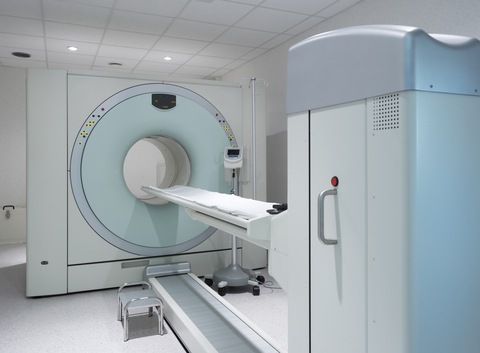Decisions About Pleural Effusion in Mesothelioma: New Tool May Help
Researchers in the UK have developed a new tool that may help patients with mesothelioma and other pleural cancers make decisions about pleural effusion. Pleural effusion is the buildup of excess fluid in the space around the lungs. It is a common side effect in people with advanced lung or breast cancer or pleural mesothelioma. It can be complicated and time-consuming to make decisions about pleural effusion treatment. There are many different ways to handle the problem. The UK research team developed a web-based decision support tool with input from patients, clinicians, and caregivers. The tool uses videos and questions to help patients decide on the best course of treatment for their unique situation. Pleural Effusion and Treatment Options The pleura…




